Mike Yarldey tries and fails to find fault with this lovely Beretta 691 Field - it is simply a great gun, whether for use on clays or game
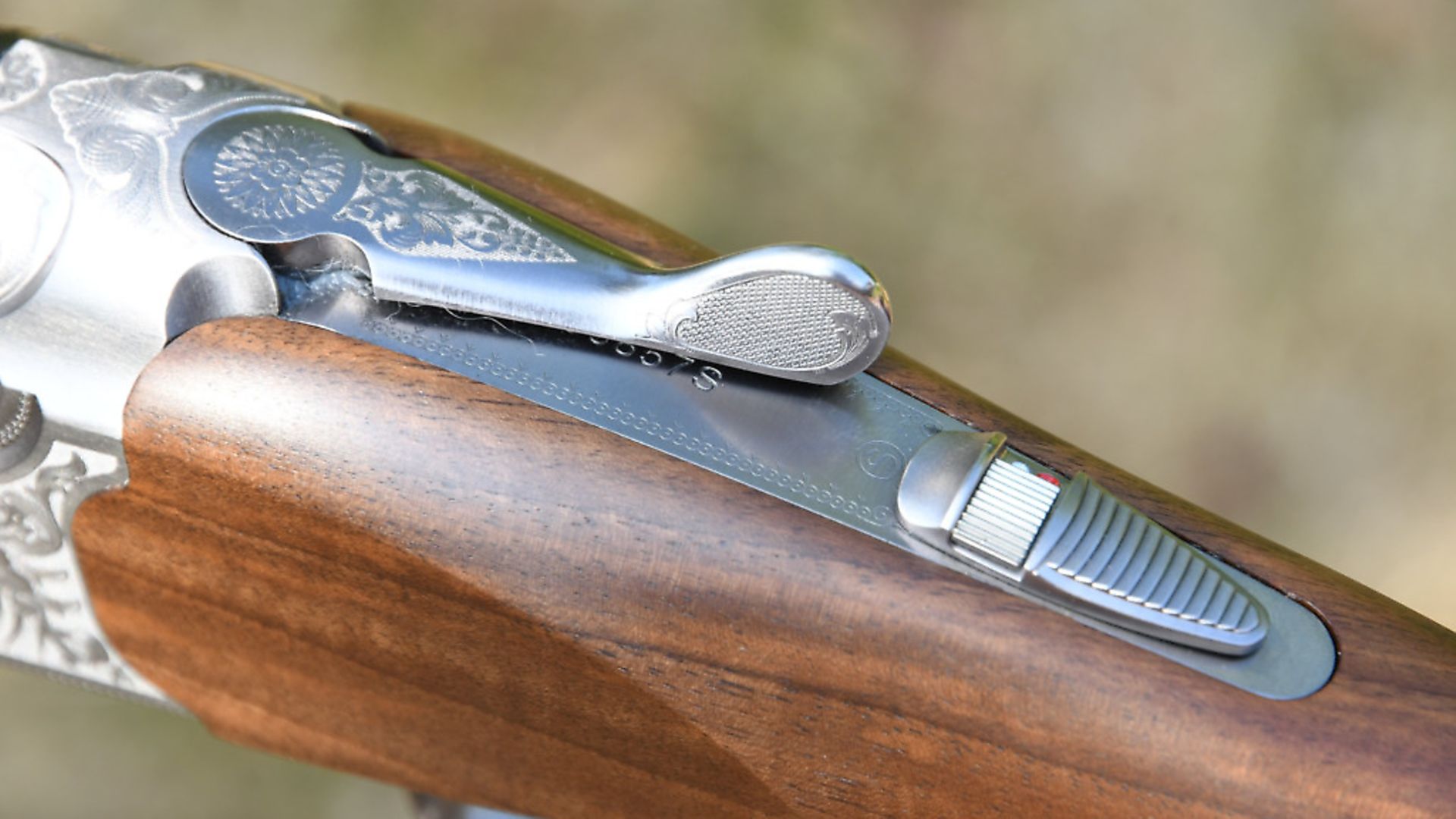 credit: Archant
credit: Archant
WE LIKE: The long barrels and shooting qualities; The engineering; The styling
WE DON’T LIKE: The forend
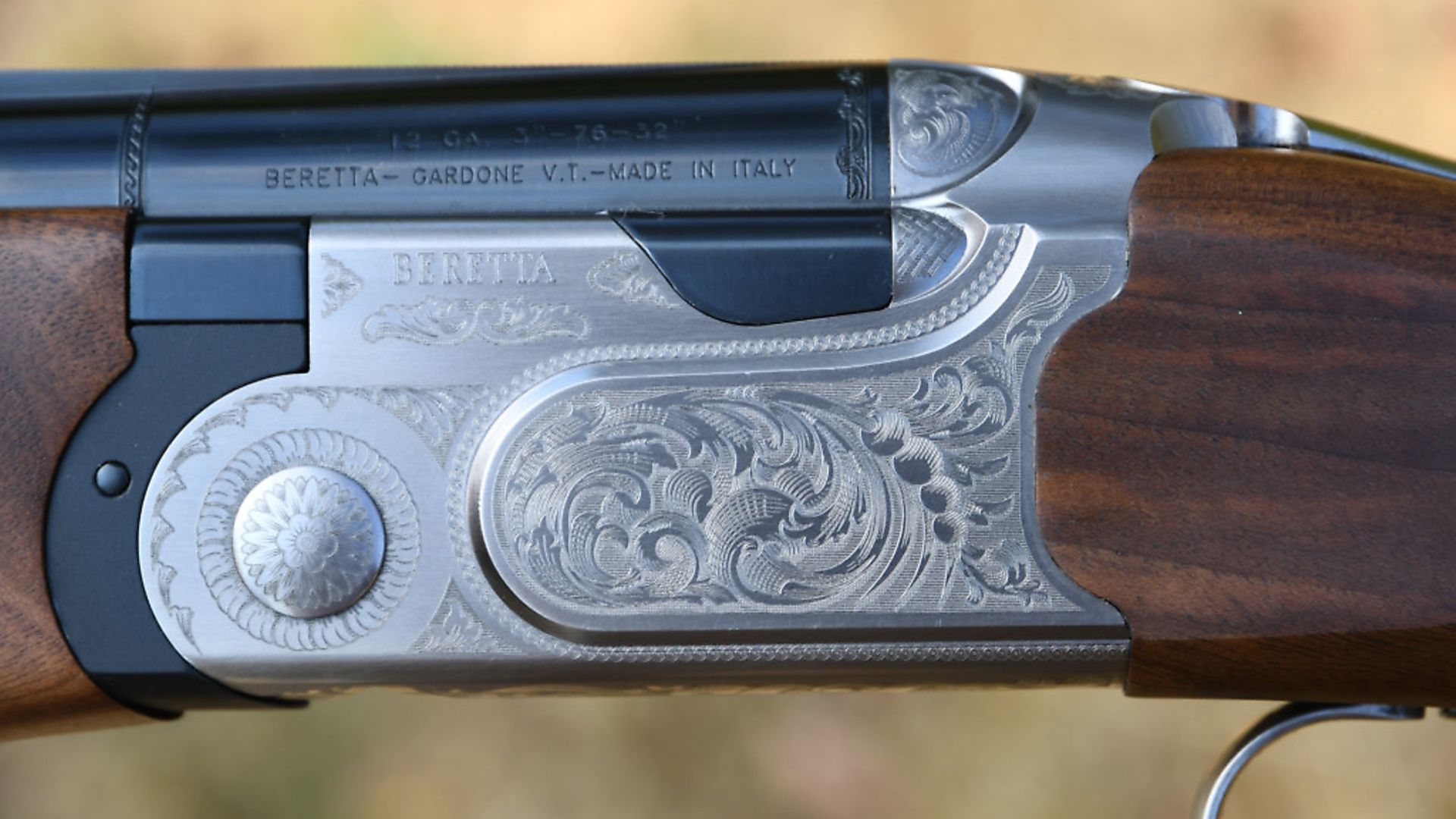 credit: Archant
credit: Archant
TECH SPECS
Make/model: Berettam 691 Field
* Action type: Beretta 69 series trigger-plate
* Bore: 12
* Barrels: 32” (with 28 and 30” options)
* Chambers: 3” with steel shot fleur-de-lys proof
* Mutichokes: yes - 5 supplied
* Weight: 7 pounds 10 ounces
* RRP: £2,354
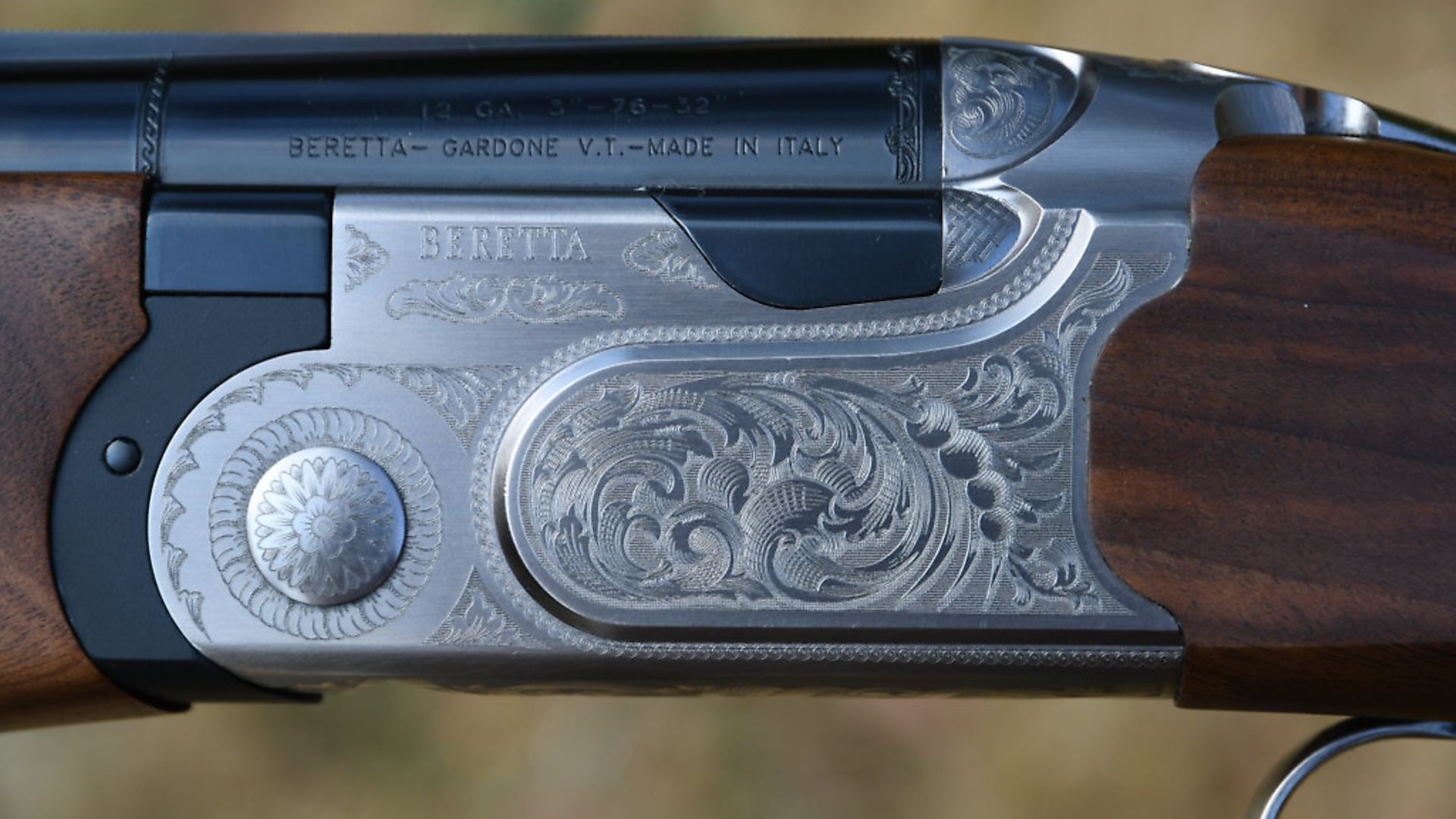 credit: Archant
credit: Archant
IN DEPTH TEST/REVIEW
I had a conversation at a clay ground the other day where someone was suggesting that gun tests are too positive. I don’t think that is true in my own case, but the man who collared me mentioned a Turkish gun that I had tested a while back in these pages. The gun in question was at the budget end of the market, and I explained that when I test any firearm it is within the context of price. I don’t expect Purdey or H&H standards of finish on a gun costing less than one hundreth the price. I do expect good function regardless of the bottom line, though, and will comment on less than perfect design or poor shooting qualities.
Meantime, I do think some gun tests I read are ‘vanilla’, but we make a real effort in these pages to be honest and informative. If something is wrong with a product, I will note it. Candour has occasionally got me into heated conversations with distributors. Nevertheless, that is my job and I will always tell you as it is...
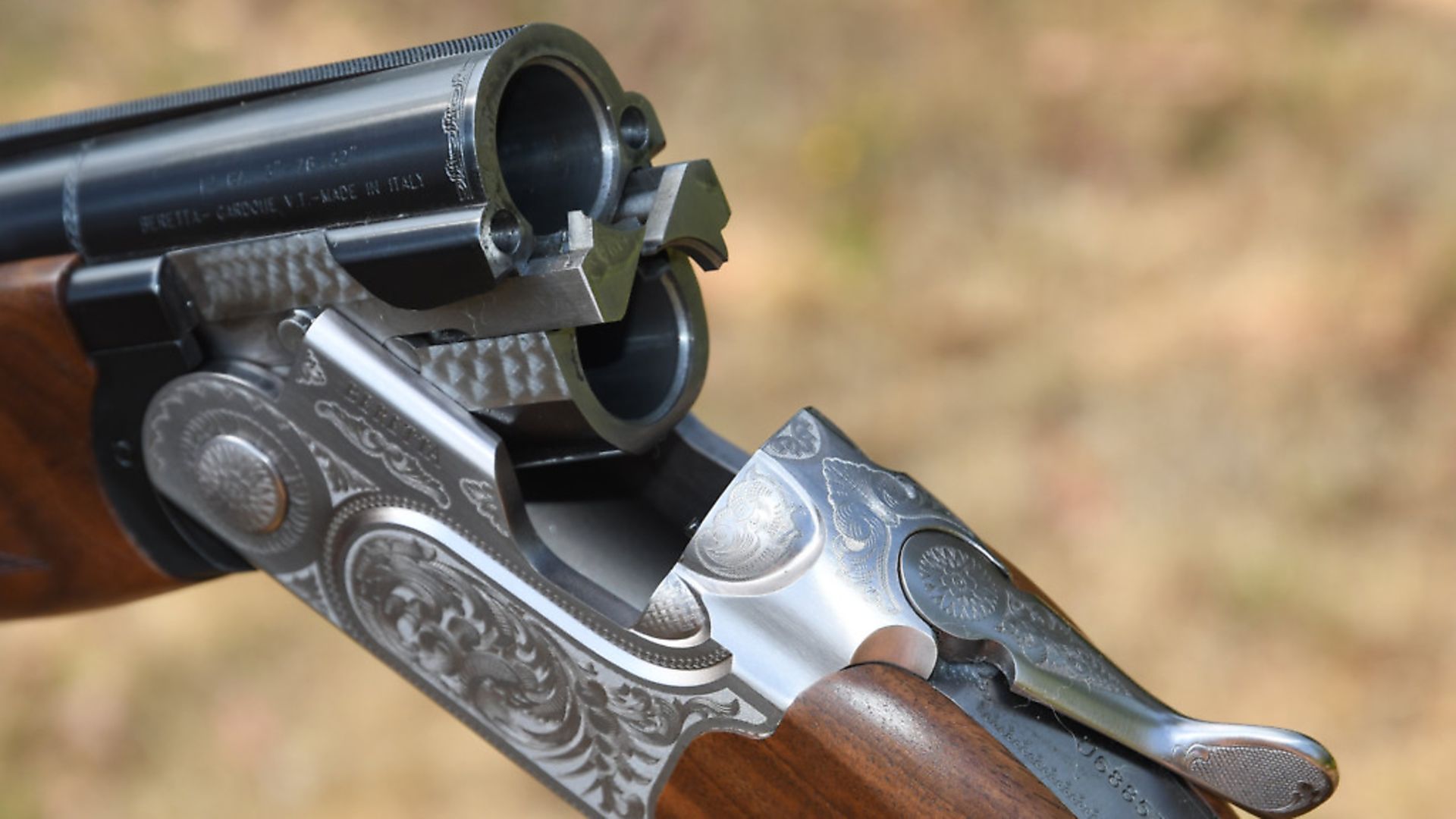 credit: Archant
credit: Archant
This test focuses on an interesting new model: the Beretta 691. The test gun is especially interesting because it has 32” narrow rib game barrels.
First impressions are very good (and that’s not me being vanilla, it’s just true). The gun has attractive floral scroll engraving a little deeper than the Beretta norm – something also seen in bolder, tighter form on the deluxe 695.
There are double fences on the action which look elegant. The 691 is the latest entry-level model (replacing the 690 I), but it still has reasonable wood (although the finish was a bit light in colour), the grain was well filled and the shapes of the butt and grip were adequate.
The standard dimensions were fine: 14¾” for length of pull (with extra possible by means of interchangeable ‘Micro-Core’ recoil pads). Drop was ideal as well: 13/8” at the front of the comb and 21/8” to the rear.
For me, what immediately impressed with the longer-barrelled 691 was its handling qualities. The gun looks attractive, it is a step-up from the first 690 (a gun I already liked and have used competitively with success).
More importantly, the 691 configured with the long Steelium tubes as seen here feels really good when you bring it to the shoulder. It is a long gun, but it is not a heavy gun (about 7lb 10oz.).
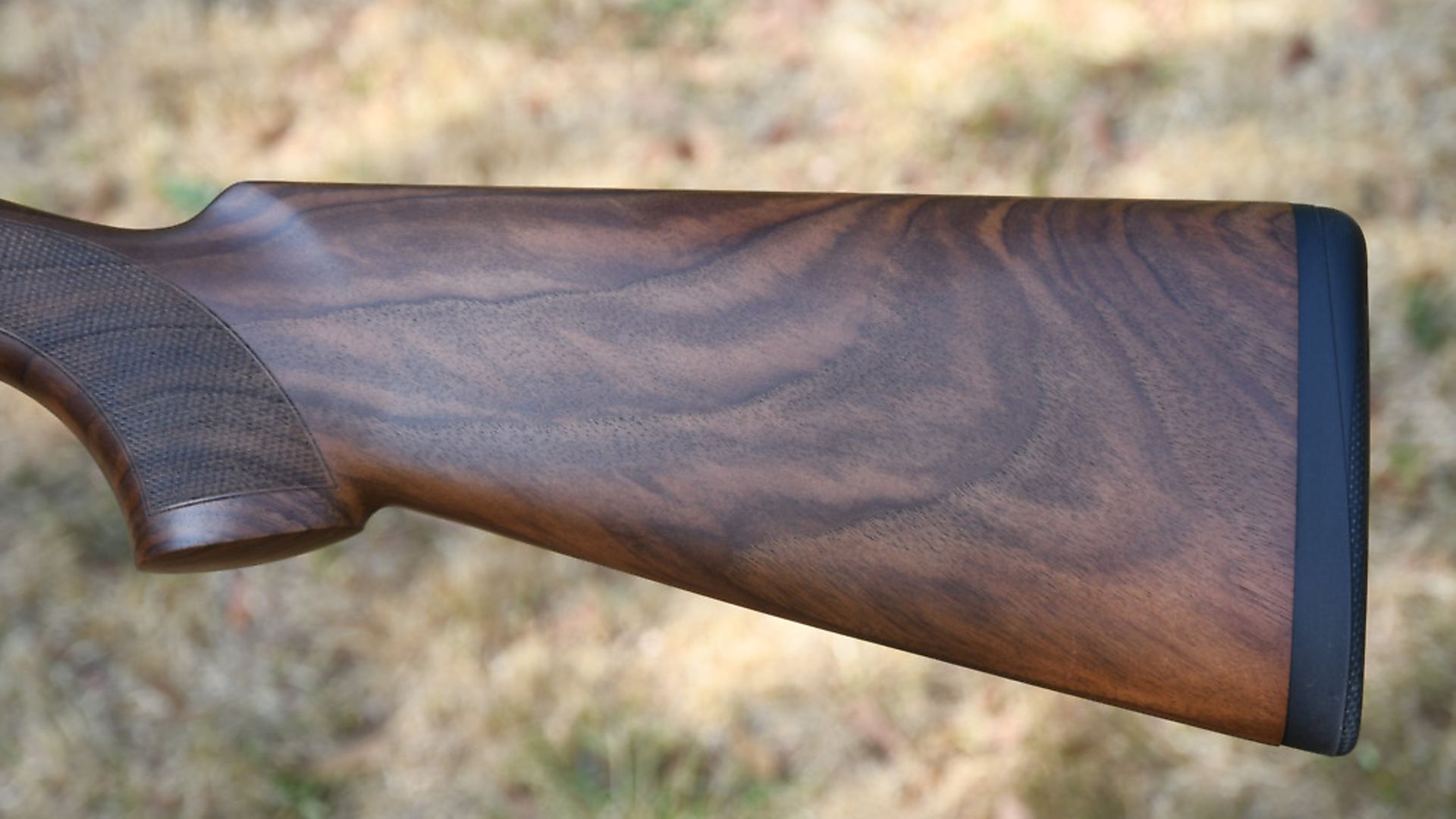 credit: Archant
credit: Archant
Designated a field gun, it could be used just as well for sporting (especially if you don’t fancy hulking around one of the expensive, modern 8lb plus Behemoths). I have always liked guns which have long barrels that are relatively light for length. I think they tend to handle well if the rest of the package is sound (as it seems to be here). Long barrels increase pointability, second shot recovery and general consistency. They can reduce perceived lead too (but not when they become too heavy, as swing may be impeded).
The barrels on the test gun, although well weighted, don’t have the taper bore of the 692 (or DT11 in different form), but they are wider than modern industry average internally at 18.6mm, which I favour as my experience is that slightly wider bores reduce felt recoil without ballistic loss).
The tubes here are conventionally bored (the 692 has ‘Steelium Plus’ incorporating a tapered section). These are equipped with Optima HP flush fitting multi-chokes which are now well proven.
Any negatives? Well, no gun is perfect. Mechanically, my one quibble is that I could feel a little friction between the action knuckle and fore-end alloy ‘iron’ on initial opening, solved with suitable lubrication at the knuckle (always use oil not grease for this purpose).
The fore-end fastener was very stiff too – it took considerable force to put the fore-end on initially and this did not ease with use.
Meantime, I like the way this range has evolved. Beretta quality is solid. The styling is smart. The new engraving is attractive, and the specs of this model are bang on.
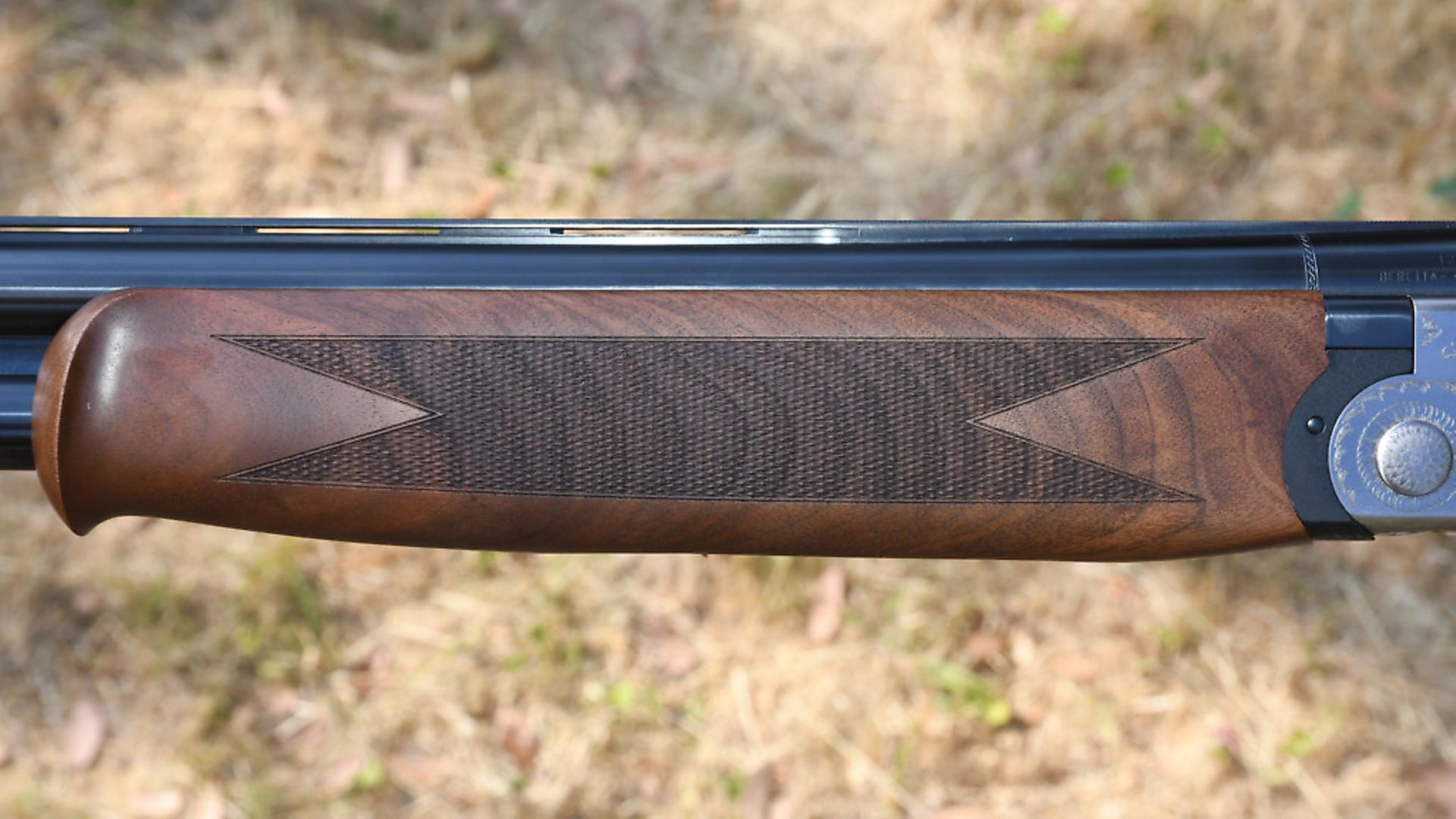 credit: Archant
credit: Archant
Technical
The 691, like the 690, is an interesting evolution of the 50/600 series concept. It still has monobloc barrels and conical bolting as first seen in model 55.
The gun is mechanically different to a Silver Pigeon 68 type gun (the last generation which is still in production and much liked). The 69s have bigger, asymetrically shaped barrel shoulders (which are similar to those introduced on the SV10 Perennia/Prevail chassis). At the hinge, there is a little more bearing surface than in a Silver Pigeon.
The barrels are manufactured from Beretta’s new Steelium alloy steel as noted and bored quite wide at 18.6mm, compared to many earlier guns from the famous firm which were typically 18.3 or 18.4mm.
They are monobloc as noted (Beretta perfected the system a 100 years ago), and fleur de lys steel proofed with 3” chambers.
Unlike a Silver Pigeon, the fore-end ‘iron’ is alloy. And, the 691 as tested does not have the feature as seen on earlier 690s where the ejectors could be switched off inside the fore-end. I don’t think many people in this country will regret this, although it was useful to US reloaders).
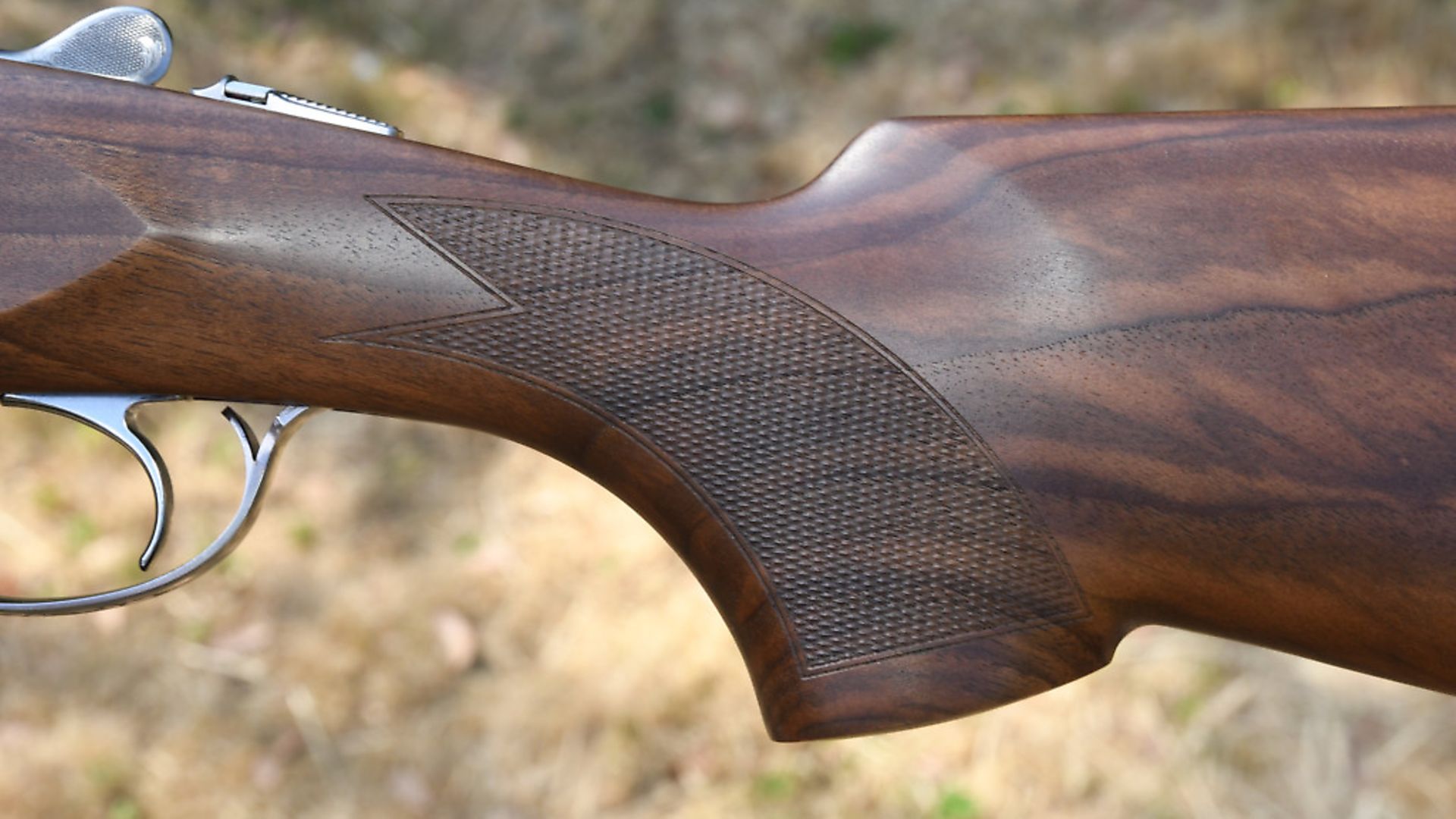 credit: Archant
credit: Archant
Shooting impressions
I took the 691 to my usual sporting venue and got on particularly well with it on both skeet and sporting layouts. I then took the gun to a local clay shoot and used it in a flush which only confirmed the positive first impression. By any standard, this is a lot of gun for the money. Usually with less expensive guns you note when testing them that something is a bit lacking on the shooting front. Not here. It would hold it’s own in any company. Although this is designated a ‘field’ model, I think it would make an ideal modern sporter with the narrow 8mm rib, 32”, barrels. It shot exceptionally well. Felt recoil with Lyalvale Express HV 24 was light (which I put down the barrel length, the 18.6 bore, good stock shapes, and a high-tech polymer ‘Micro-core’ recoil pad). The trigger was good with decent pulls and function. The slightly forward balance was excellent. Ergonomics of the stock were ok. The grip was adequate but a little slim and open, and, the schanbel forend didn’t quite fill my hand (I would have preferred a rounded design). Minor points. For the money, this is a great gun – one of the best deals on the market. It’s not flash or expensive, but it is an outstanding performer. I think I will buy one – this model, this barrel length. If that’s vanilla, eat it!!
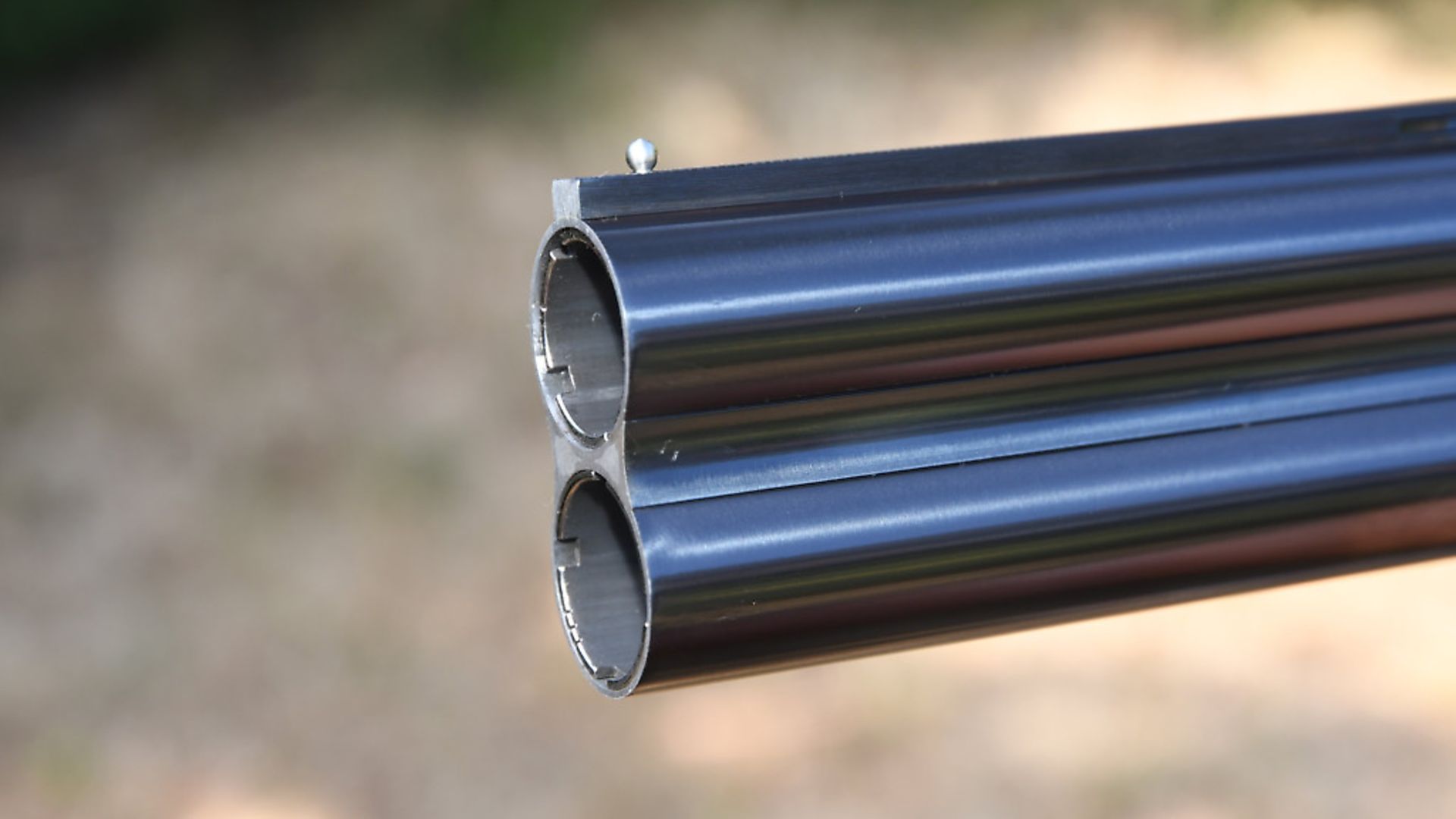 credit: Archant
credit: Archant
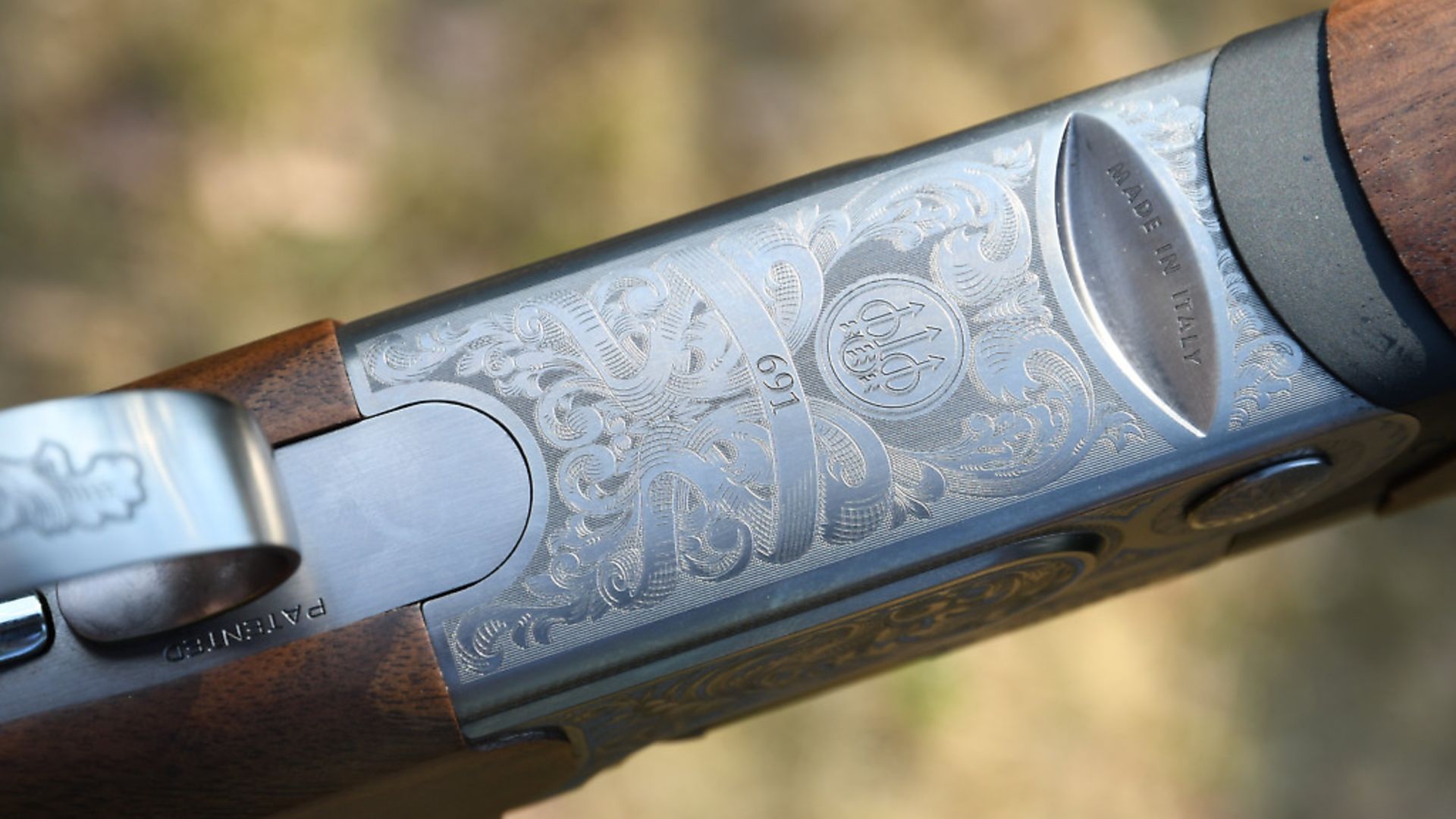 credit: Archant
credit: Archant
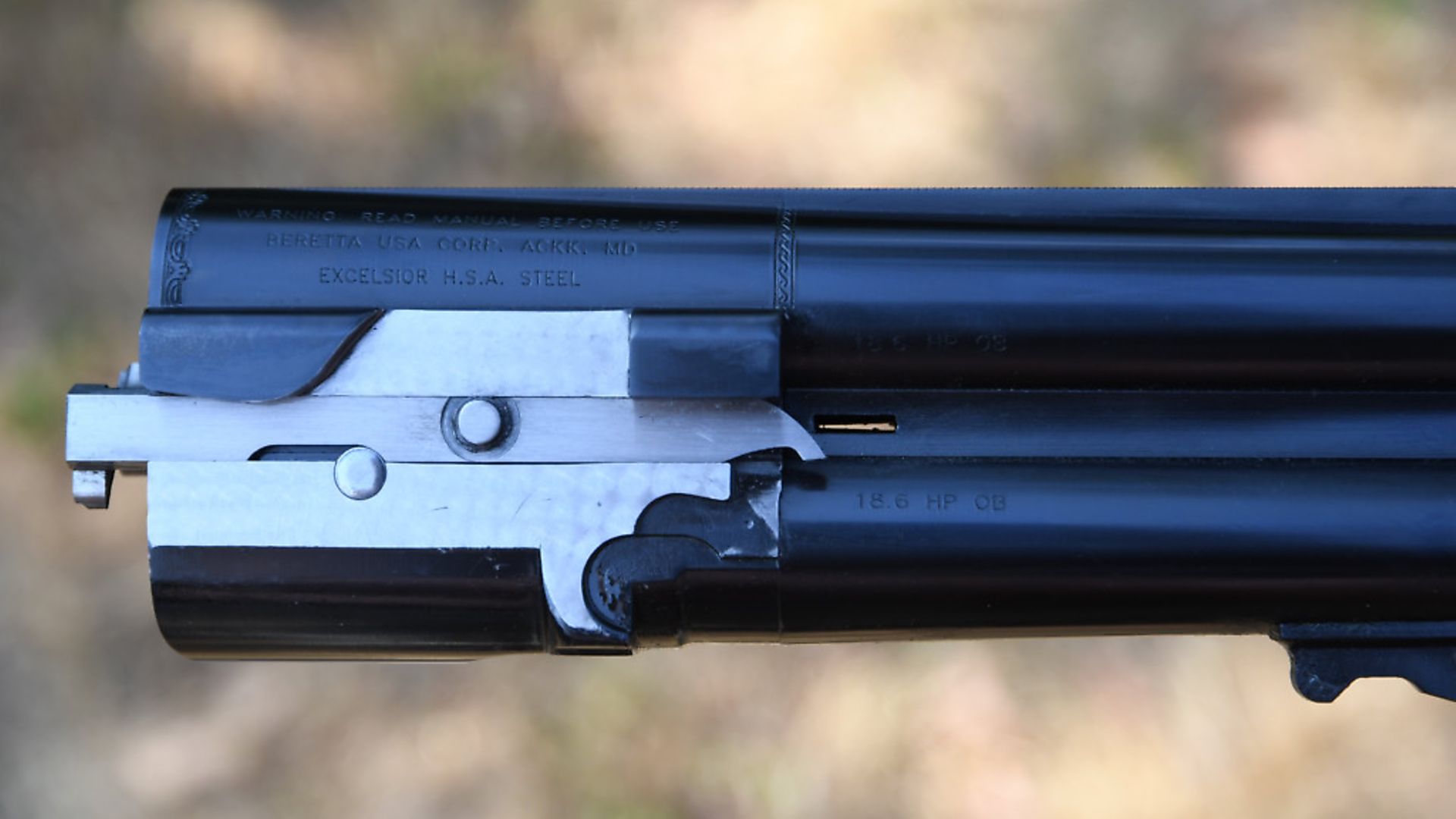 credit: Archant
credit: Archant
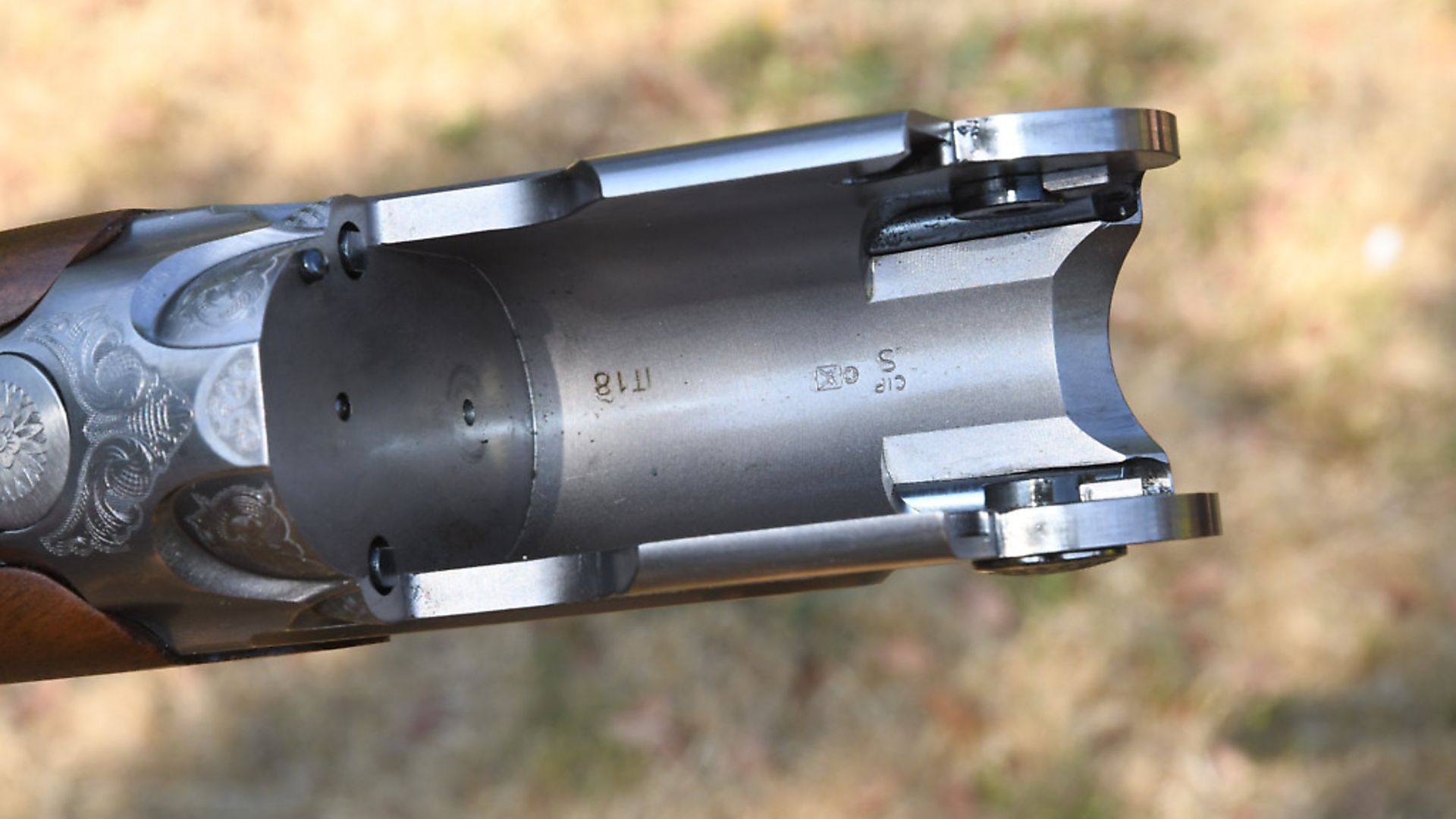 credit: Archant
credit: Archant